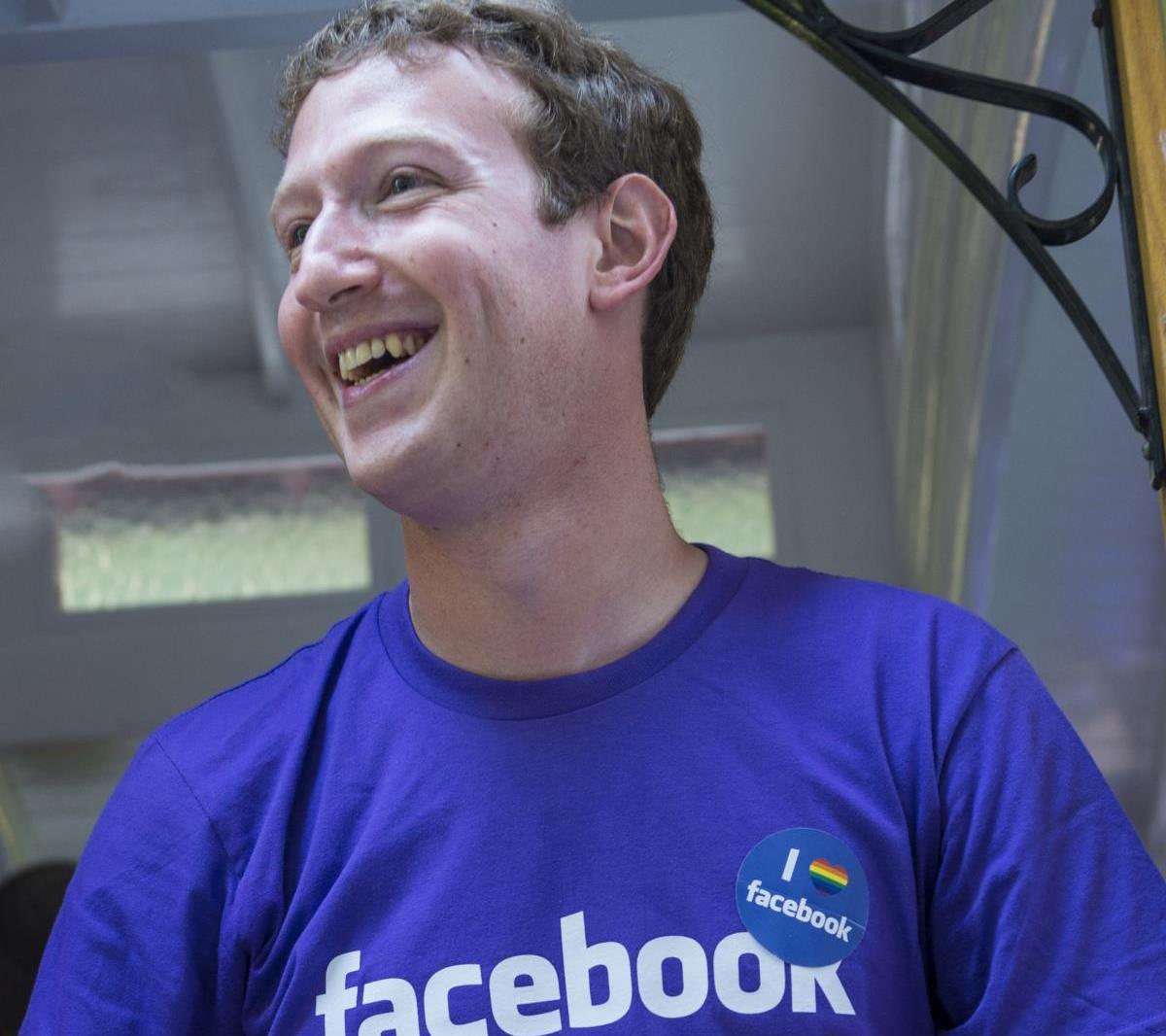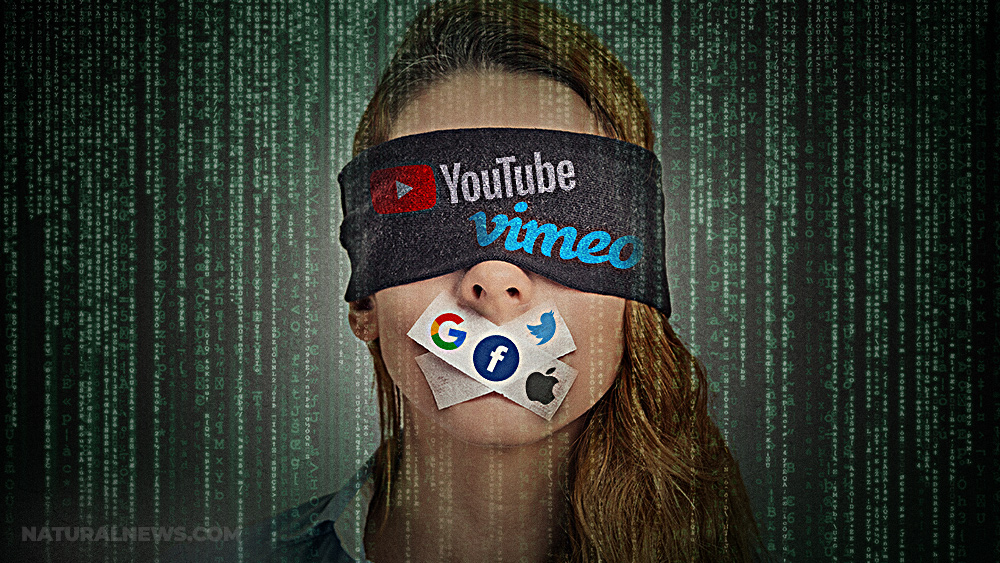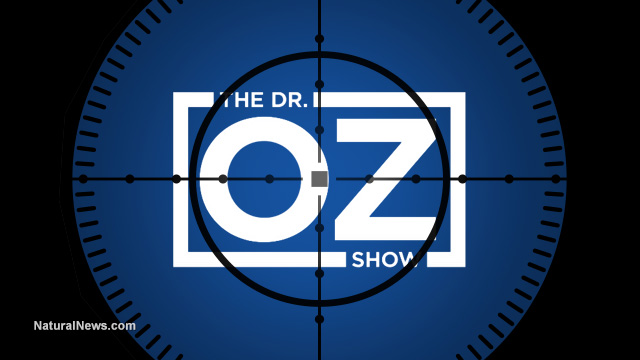YouTube pulls videos of human rights violations in Xinjiang
06/30/2021 / By Ethan Huff

Big Tech strikes again, this time against a human rights group that has been trying to tell the story about the horrific abuses taking place in communist China’s Xinjiang region.
The Atajurt Kazakh Human Rights group decided to move all of its videos over to an alternative streaming platform called Odysee after the Google-owned YouTube platform removed several of them for supposedly violating its “community standards.”
For daring to call the situation in Xinjiang a “genocide,” channel founder Serikzhan Bilash, a Xinjiang-born Kazakh activist, has repeatedly been targeted by Kazakh authorities and now the tech giants, which are aggressively persecuting him.
Bilash has been arrested multiple times for speaking out about the concentration camps and other horrors that are reported to exist throughout Xinjiang.
Five years ago, government authorities ordered Bilash to stop using the word “genocide” to describe the situation. Bilash believes that the Chinese government pressured authorities in Kazakhstan to persecute him over the use of this term.
“They’re just facts,” Bilash told Reuters in a recent phone interview. “The people giving the testimonies are talking about their loved ones.”
Before being targeted by YouTube, the Atajurt Kazakh Human Rights channel had published some 11,000 videos containing testimonies from people who say their families disappeared in China’s Xinjiang region.
Collectively, the channel’s videos had amassed more than 120 million views, suggesting that their content is popular among people wanting to know what is really going on in that dark part of the world.
The United Nations (UN) and human rights groups estimate that more than one million people have been detained in Xinjiang in recent years.
YouTube says Atajurt videos received “strikes” for containing personally identifiable information
On Jun 15, YouTube blocked 12 of the channel’s videos, which were flagged for “cyberbullying and harassment.” The channel appealed all 12 of the removals, and a few were reinstated, however YouTube kept the others blocked with no explanation.
Reuters also petitioned YouTube for more information about the removals, as several of its videos received “strikes” for containing images of people holding up ID cards to prove their relationship to people who have gone missing in Xinjiang.
YouTube’s policy prohibits personally identifiable information from appearing in any of its content, and has since indicated that Atajurt can repost the videos just so long as the IDs are blurred from view.
Atajurt has indicated that it does not want to blur out the IDs because that would take away from the credibility of the claims presented. Part of proving that human rights abuses are taking place in Xinjiang is to show that real-life family members of missing people are involved in looking for them.
Odysee, meanwhile, is an independent video streaming platform built on a blockchain protocol called LBRY that gives creators more control and prevents the type of censorship that is now widely taking place across the YouTube platform.
Thus far, there are about 1,000 Atajurt videos uploaded to Odysee. You can find them at this link.
Besides the ID issue, YouTube also removed other Atajurt videos claiming that they promote “violent criminal organizations.” Atajurt of course denies this, and is confident that its message will get out via Odysee instead.
“There is another excuse every day. I never trusted YouTube,” Bilash is quoted as saying. “But we’re not afraid anymore, because we are backing ourselves up with LBRY. The most important thing is our material’s safety.”
Bilash was forced to flee Istanbul last year after suffering multiple threats and constant intimidation from Kazakh authorities for refusing to cease working with Atajurt.
More related news about the Xinjiang genocide in China can be found at Tyranny.news.
Sources for this article include:
Tagged Under: biased, Big Tech, Censorship, China, concentration camps, evil Google, genocide, human rights violations, Odysee, Suppressed, Tyranny, Xinjiang, YouTube
RECENT NEWS & ARTICLES
COPYRIGHT © 2017 CENSORSHIP NEWS



















